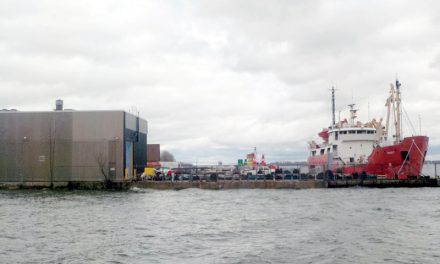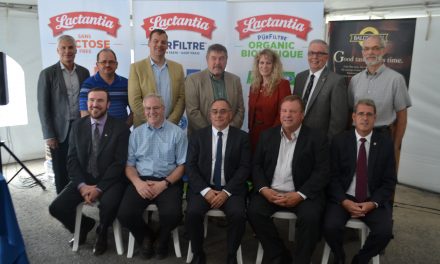By Jakob Vogel agr.
Development Advisor
With the past month being Dairy Month, the additional quota given to producers was a perfectly timed event. Along with the increased quota, additional incentive days were also announced, adding significant pressure to the production requirements for dairy producers across the P5. As we all know, there is no tap or switch to increase production rapidly in situations similar to the one currently being experienced, other than purchasing new animals into the herd or consistently having an abundance of calvings.
Compounding effects of increased production requirements for the near future, policy changes for 2022 reducing the number of under production days from 30 to 15 will have a significant economic impact on many producers across the region.
A few years ago, dairy producers lived a slightly more extreme reality when quota increases nearing the 15 per cent over the course of the year were allotted. With this, many facilities reached maximum capacity and new facilities, or retrofits were seriously considered. Although many constructions were completed, many producers took the approach of keeping this additional quota as banked under production credits similar to a savings account at the bank. However now with policy changes coming our way, this savings account is going to be taxed, heavily.
It was often mentioned by producers that these banked under-production credits could be filled later on and understanding that working with cows is often very similar to working with people because of the unpredictability of reality. Each day could be different as there may be forage changes, calvings, sick animals, weather changes, machinery breakdowns, etc., as such, many producers ended up increasing quota holdings and not being able to achieve the production level required to fill the now owned quota. Whether the breaking point is due to management practices, nutrition, genetics or facilities is part of the puzzle to definitely be considered, however – the reality of the situation remains the same; many producers find themselves under producing.
The question that needs to be considered is: “Is it worthwhile to try to fill these extra days?” Personally, I would say the fast answer is yes! Let me explain why:
It can be quite easy to calculate the value of these missing kilograms of butterfat and how much money may be sitting “in the bank”, if we evaluate a kilogram of fat sold to the board valued at $10.84 and consider an average farm of 100kg of quota. The 30 days of banked credits can roughly represent $32,520.
After seeing this number, most consultants and producers would end the exercise there after producing such a significant value available to add to their cashflow. However, the calculation is much more complex than that because we are forgetting two other factors of milk price – protein and lactose!
Although lactose is not a high contributor to the value of the milk price, we cannot neglect it or protein especially with the changes to the SNF ration and payment schemes. So, when calculating the potential loss of revenue, it should be done using total components or more simply – average milk price.
Taking the same example as above (100kg of quota at 30 days of credit days), we could assume that the producer is maintaining 4.0 per cent fat and the blend price being $75/hL.
When considering the 4 per cent fat, this producer would have the right to ship an additional 75,000L of milk and with a blend price estimated at $75/hL, the value of these banked credit days would be $56,250! When we think of economics, the value of these credits is quite significant!
Not all producers are at their maximum for under production credits. However, each of these “days” has a value. If we do one further step in the calculation each “day” of under production credits would be worth $1,875 in the above-mentioned case.
I find it important to mention that each farm is different, and not all farms are paid the same blend price and the economic return will be based on components. Additionally, the value of components and blend prices change monthly. When completing this exercise for your dairy, it would be crucial to use your average production and components (from DFO and not a milk recording system) to ensure realistic expectations.












